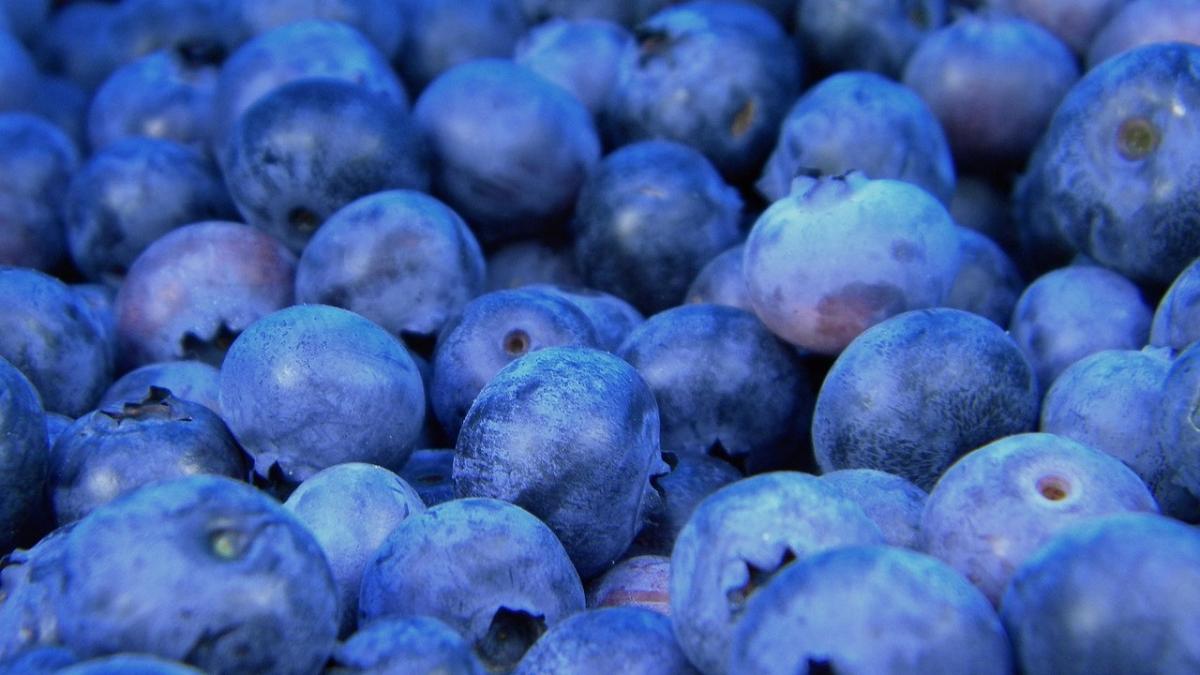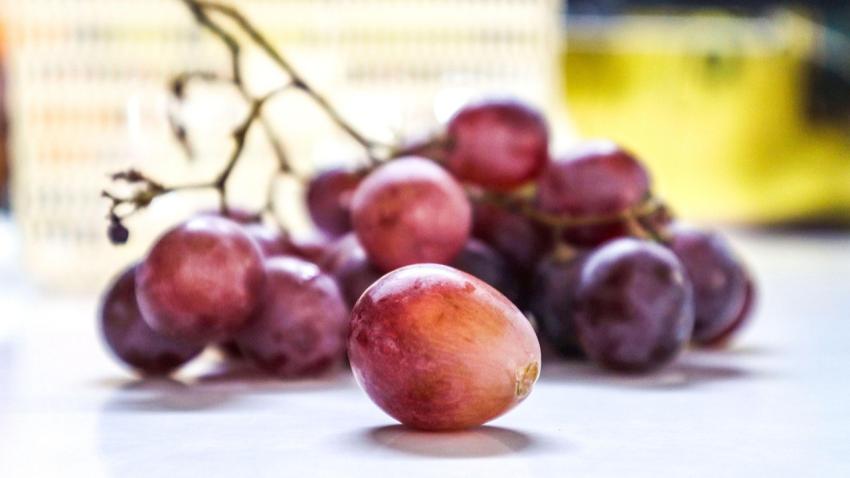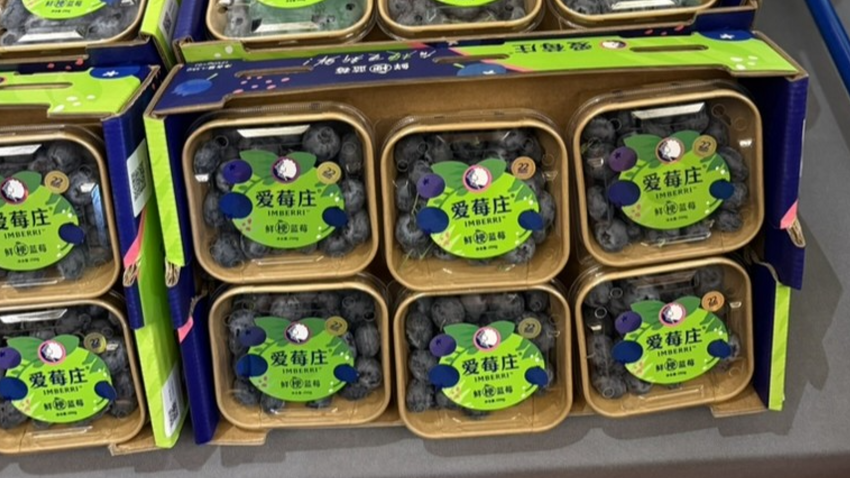You are here
Back to topWhat You Need to Know…Impact of the ‘Phase One’ China–U.S. Agreement on the Fresh Produce Industry

This article was authored by Richard Owen, vice president of global membership and engagement at the Produce Marketing Association. It was originally published on LinkedIn.
On 15 January, the leaders of the U.S. and China signed a trade agreement, termed ‘Phase One’, to provide relief from ongoing trade tensions and offering expanded access to each country’s markets. The new agreement does not require Congressional approval and will go into force on 14 February 2020.
An overview is below on the progress made on a number of fronts related to the fruit and vegetable sectors. However…there is a major shadow overhanging the positives from this agreement. On February 6 the Chinese government announced a reduction to the September and December 2019 tariff increases on the import of U.S. products. However, the initial tariff increases from early 2018 remain. Eliminating all the tariff increases will be significant to regaining market share, as USDA trade statistics indicate that 2019 U.S. fruit exports to China were $120 million, half the export volume from 2017.
Market Access for Horticultural Products: The Chinese made commitments to sign and implement phytosanitary protocols to allow U.S. blueberries, California Hass avocadoes, California nectarines and fresh potatoes for processing. This is an important milestone, as requests for these protocols have been delayed for years. The nectarine agreement must be in place one month after the agreement goes into force. For blueberries and avocadoes, implementation must be within three months.
In return, the U.S. agreed to complete the plant health regulatory process for importing of Chinese fresh citrus fruit and fresh fragrant pear.
In addition, both countries agreed that phytosanitary certificates will no longer be required for the import of frozen fruits and vegetables.
Agricultural/Horticultural Product Purchases: As part of the agreement, China committed to purchase at least $80 billion of U.S. food, agricultural and seafood products over the next two years. While the purchases were noted as coming from ‘across the full range of food/agriculture products’, the target amounts are general in nature. The purchases are expected to be made at market prices and market conditions may dictate the time of year that China makes the purchases.
It is hoped that exports of U.S. grapes, cherries, apples, citrus and other fruits hit hard by Chinese tariff’s over the past year will be a priority for inclusion in these purchase commitments, and further exempted from tariffs.
Food Safety: Both countries agreed to not implement food safety regulations that are not science- or risk-based. China also agreed to not require certification for low risk from products from the U.S. What qualifies as ‘low risk’ has not been released.
While not directly related to fresh produce, China agreed to accept U.S. or international certification standards for the import of a number of poultry, pork, beef and processed meat products. This harmonization of standards is significant as it should increase both the volume and timing of U.S. purchases, and could serve as a template for future horticultural product approvals.
Agricultural Biotechnology: China is the largest single-nation importer of agricultural biotech products, but the wait time for approvals can be five to seven years. China agreed to implement a transparent, predictable, efficient, and science- and risk-based regulatory system for agricultural biotech products. The application review process for animal feed or for further processing will take no more than 24 months (on average). Agricultural biotech products must be approved first in the country originating the technology before China will approve the product.
Dispute Resolution: This is a significant change from other trade agreements. The China-U.S. agreement creates regular bilateral consultations at both the working and principal (senior trade official) levels. If issues can’t be resolved, rather than using a third-party adjudication body to resolve issues, each party is allowed to take responsive actions that it deems appropriate. Up to and including exiting the agreement.
The 86-page agreement includes other provisions related to intellectual property, domestic agricultural supports and Geographical Indications (GI). For more questions about other chapters, feel free to contact PMA.
In summary, this ‘Phase One’ agreement includes a number of provisions that could prove beneficial to the fruit and vegetable sector, most notably the increased purchases. Like with many agreements, much will depend on how it is implemented and the trust and good will of both countries. Both at the government level and in practice by private industry. That will also set the stage for the timing of a ‘Phase Two’ agreement that will need to tackle more substantive structural and state-investment issues.
Image: Pixabay














